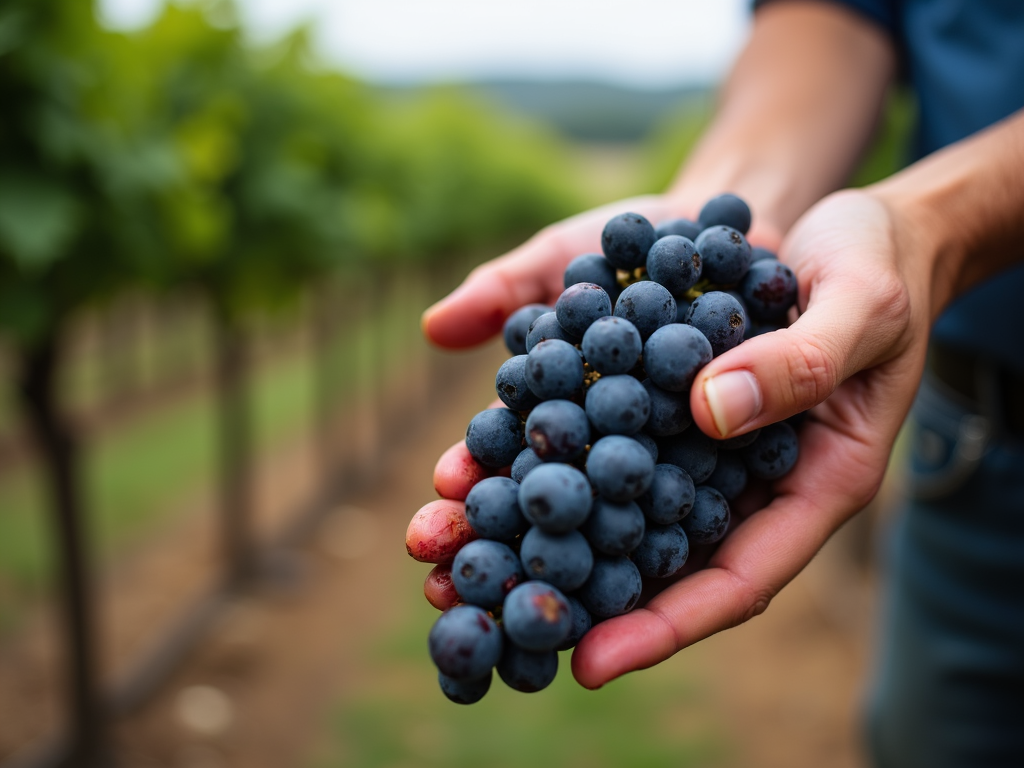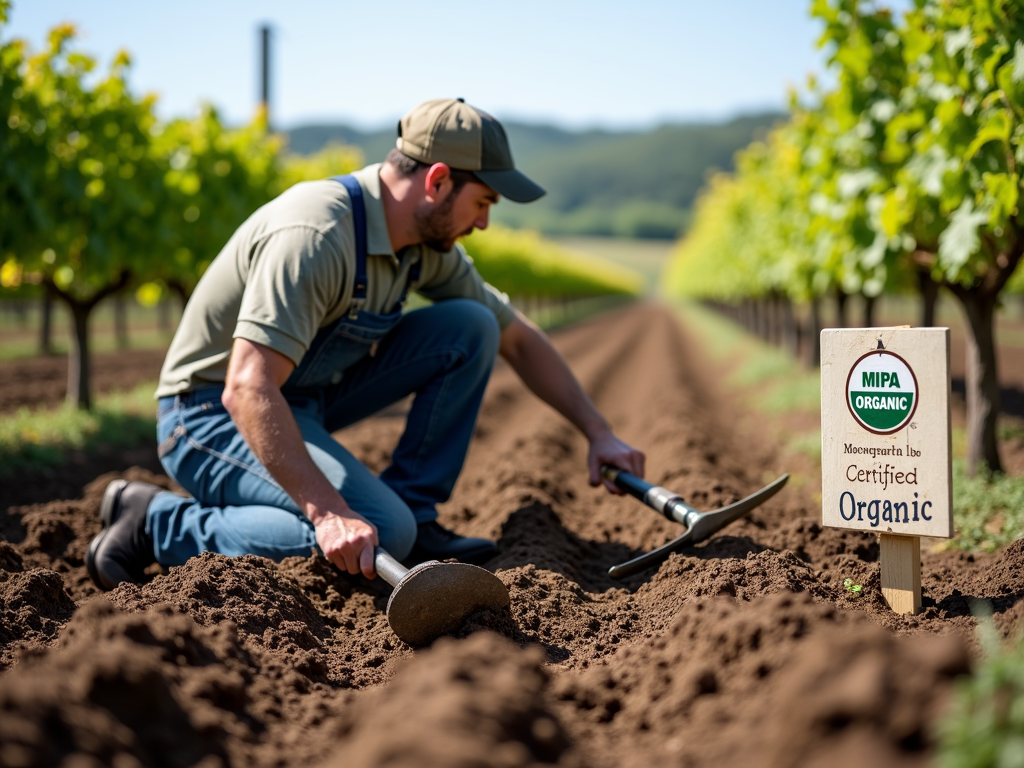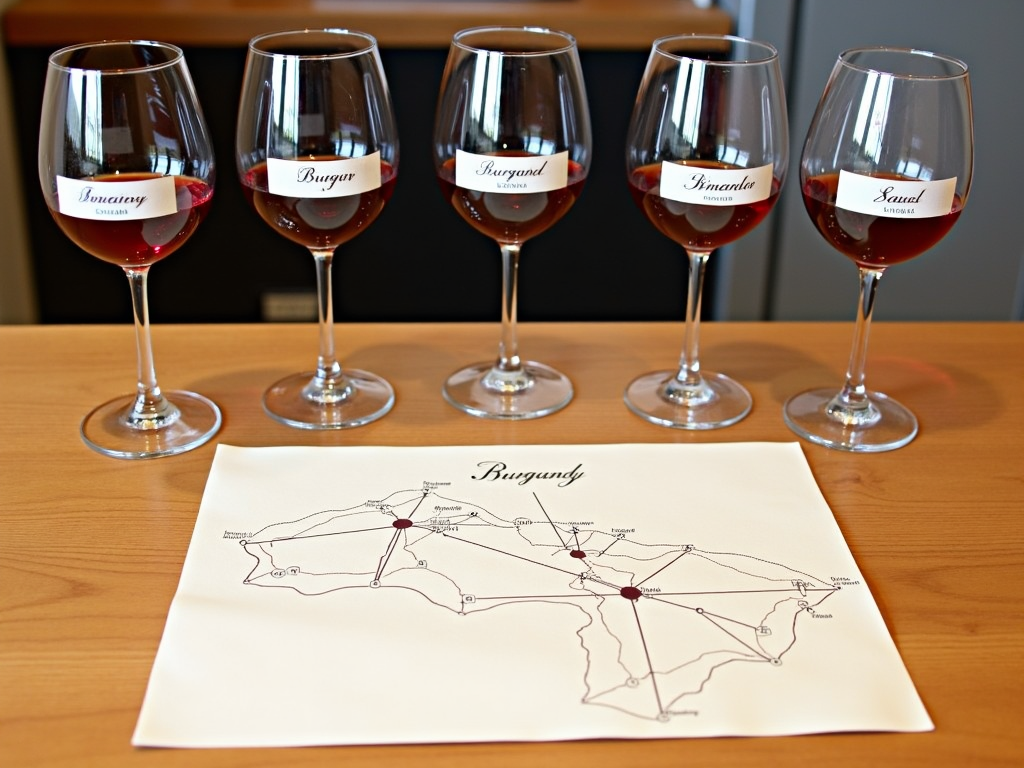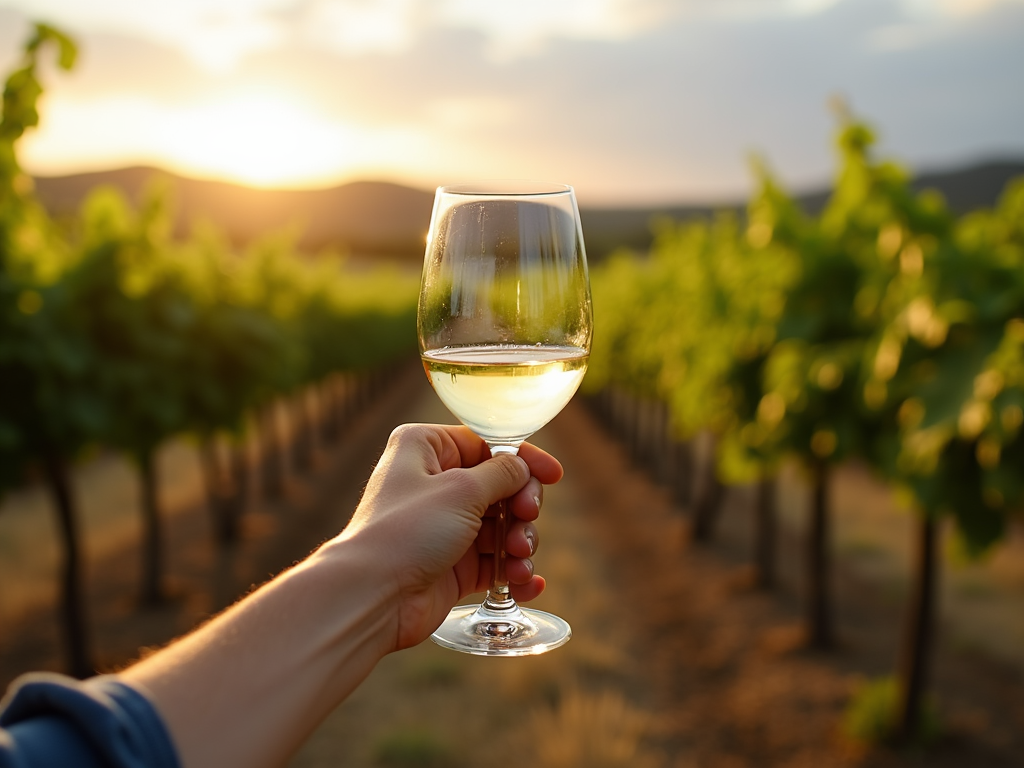The World of Wine: A Terroir Journey
Wine tells a story of the land it comes from. The World of Wine: A Terroir Journey dives into how soil, climate, and local traditions—known as terroir—create unique flavors in every bottle. From France’s rolling hills to California’s sunny valleys, this article uncovers how terroir connects us to the places behind our favorite wines.

Understanding Terroir: The Connection Between Land and Wine
Terroir is a French word that sums up everything that makes a wine special. It’s the soil, the weather, the shape of the land, and even the way people grow and make the wine. These factors work together to give each wine its own taste and smell.
For example, the chalky soil in Champagne, France, makes its sparkling wines sharp and crisp. In Sicily, Italy, volcanic soil adds a smoky, mineral taste to red wines. The human touch matters too—how winemakers choose their grapes or follow local customs shapes the final product.
In Bordeaux, France, gravelly soil and a mild, ocean-influenced climate help grow Cabernet Sauvignon grapes into bold, long-lasting wines. Compare that to Germany’s Mosel Valley, where cool weather and slate soil produce light, fruity Rieslings. It’s amazing how much the land changes what’s in your glass!

A Tour of Wine Regions and Their Terroirs
Wine comes from all over the world, and each place has its own terroir story. Here’s a quick look at some famous regions and how their land shapes their wines.
-
France: Where Terroir Began
France takes terroir seriously. In Burgundy, small vineyards sit side by side, but their wines taste different because of tiny changes in soil and sunlight. The French even have rules tying wines to specific places—it’s why a Bordeaux wine can only come from Bordeaux. -
Italy: A Land of Variety
Italy’s terroir changes from north to south. Tuscany’s sunny hills grow Sangiovese grapes for rich, red Chiantis. Up in Alto Adige, cooler mountains make crisp white wines like Pinot Grigio. The land’s diversity is what makes Italian wine so exciting. -
California: Fresh Takes on Terroir
California mixes old ideas with new tricks. Its foggy coasts and warm valleys grow all kinds of grapes. Companies like Jackson Family Wines focus on the land’s natural strengths, crafting wines that show off California’s unique spots—like cool Sonoma or sunny Napa.

Sustainability in Winemaking Explained
Making wine isn’t just about taste—it’s about keeping the land healthy too. Sustainable winemaking protects terroir for the future. It means using less water, avoiding chemicals, and keeping the soil alive.
Jackson Family Wines leads the way in this. They run over 40 wineries worldwide and focus on eco-friendly steps. Here’s how they do it:
| Practice | What It Means |
|---|---|
| Organic Vineyards | No fake chemicals—just natural ways to grow grapes |
| Water Conservation | Smart watering to use less and keep vines happy |
| Renewable Energy | Solar power for wineries, cutting down on fuel |
These efforts don’t just save the planet—they make the wine taste truer to its home. Healthy land means better grapes, and better grapes mean better wine.

My Wine Tasting Adventure
I’ll never forget tasting wines in Burgundy. We tried a few Pinot Noirs from the same village, made by the same person. One tasted bright and fruity, like cherries. Another felt heavier, with earthy hints—like walking through a forest after rain. The winemaker pointed to the soil: one vineyard had more clay, the other more limestone. Just a short walk apart, but the wines were worlds different.
That day stuck with me. Terroir isn’t just a fancy idea—it’s real. You can taste the dirt, the sun, the place. Now, when I drink wine, I think about where it’s from. It’s like traveling without leaving home.
Want to try this yourself? Here are some wines to taste:
- Burgundy Pinot Noir: Compare two from nearby spots.
- Mosel Riesling: Notice how the slate shines through.
- Napa Cabernet: Try ones from different corners of the valley.

Why Terroir Matters
Wine’s magic lies in its variety. A Sauvignon Blanc from New Zealand tastes zippy and green, while an Australian Shiraz hits bold and spicy. That’s terroir at work. It’s the land, the weather, and the people all bottled up together.
Learning about terroir makes every sip more fun. You’re not just drinking—you’re exploring. Next time you pour a glass, think about its journey from the ground to you. It’s a small taste of the world.

Wrapping Up the Journey
The World of Wine: A Terroir Journey shows us how every bottle carries a piece of its home. From understanding terroir to tasting it yourself, wine links us to far-off places and the people who care for them. Keep exploring—one glass at a time!